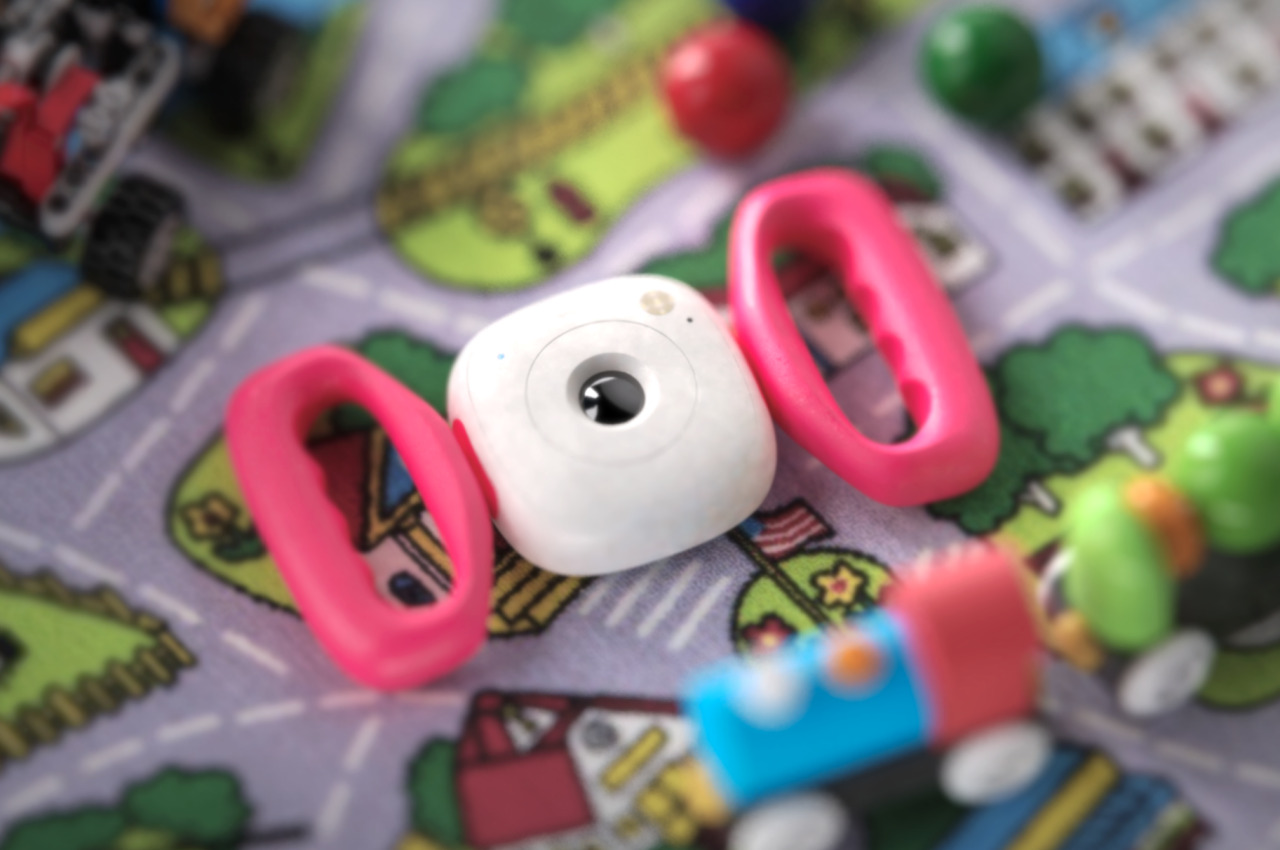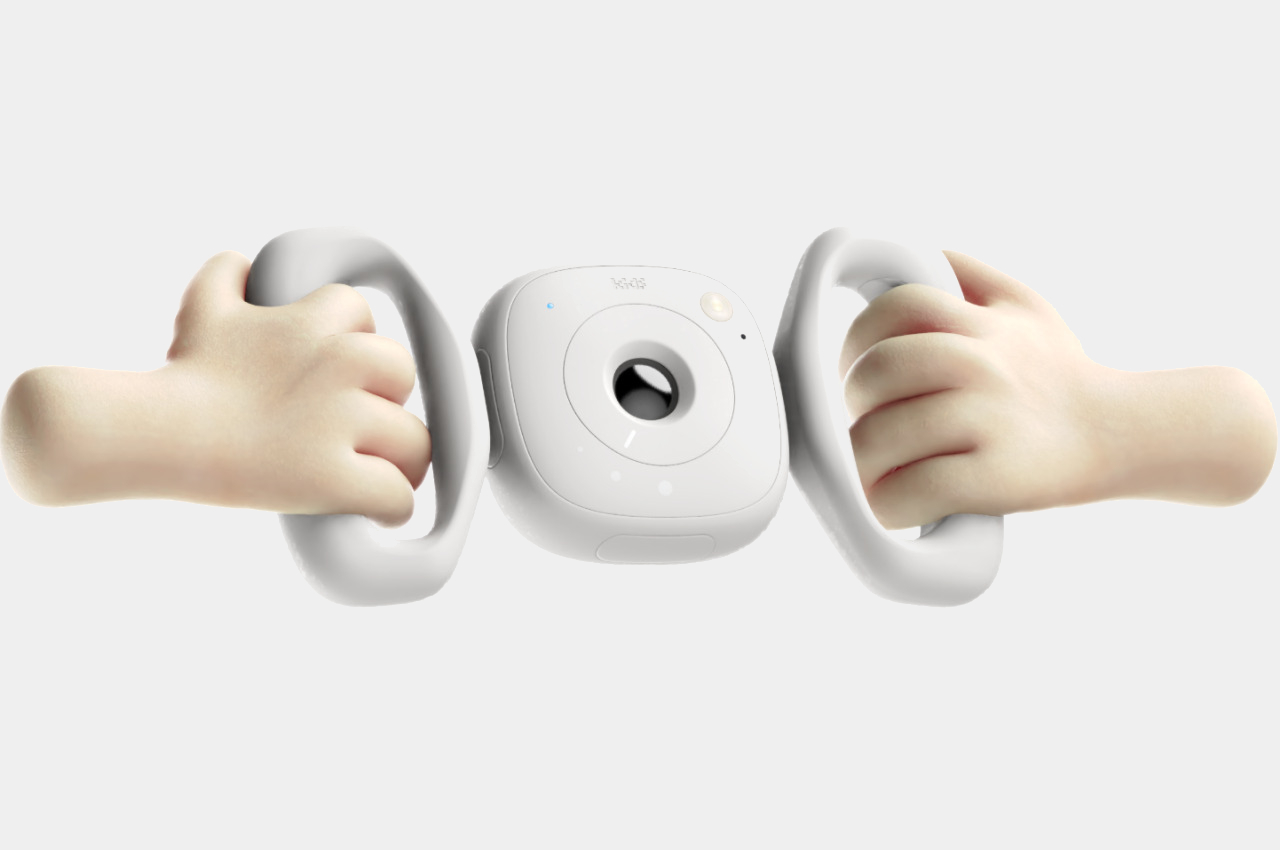
Smartphone photography is a huge part of modern culture today, whether it’s for preserving precious memories or for taking food photos to flaunt on social media. And just like how big touch screens like tablets have become children’s toys in one way or another, it might only be a matter of time before the younger generation becomes interested in taking photos. Of course, camera apps even on the most kid-friendly tablet aren’t exactly kid-friendly, not to mention the device itself won’t be the best medium for inducting toddlers into the wonderful world of digital photography. This concept design tries to address those issues by turning a digital camera into an object that kids are most familiar with: a toy.
Designer: Nicola Morelli

While smartphone manufacturers are indeed trying to make taking photos as simple as tapping on the shutter button, especially with the help of AI, there will always be occasions when you need to manually adjust some settings. That’s true not just for changing ISO, focus, and shutter speed, but also for the selfie timer. Typical camera apps make these settings easy to change if you’re an adult, but toddlers 3 years or older are a very different story. And there’s the fact that a touchscreen isn’t exactly the best interface for kids still developing cognitive and motor abilities.

This Camera for Kids concept design attempts to transform the digital camera into a more tactile experience by using physical controls for using the camera. And it’s not just any old physical control, which would make it similar to a complicated professional camera. Instead, it uses metaphors that kids might be more familiar with for those same actions, ensuring that their functions remain understandable even if the underlying concepts aren’t.
The shutter button, for example, takes the form of a water gun trigger that most kids will probably know how to use. A crank lever is used to change focus and brightness, and taking selfies involves pulling a “TNT” string that shortens as it counts down to the shot. The toy-like operation as well as the appearance of these parts help instill a sense of confidence and fun, encouraging the child to explore and discover rather than be intimidated by the device.
The camera also has a modular design that makes it easier to use, like an actual mirror for those selfies, a flash for lighting, and a strap for carrying around the kid’s neck. Almost like building blocks, kids or their parents can mix and match these parts, depending on what they need or want to do at the time. It’s an example of a thoughtful design that truly puts the target audience, in this case, little photographers, at the center of the experience, shaping technology around them rather than forcing them to adopt to something their minds aren’t yet ready to tackle.